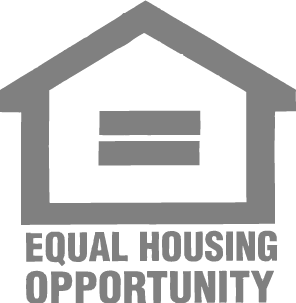As a real estate investor and landlord in the greater Austin area, maintaining your rental property’s curb appeal is essential. A well-kept lawn not only enhances the property’s value but also helps attract quality tenants. However, one common question landlords face is whether to include lawn care in the lease agreement or leave it up to the tenant. At TALK Property Management, we help investors navigate decisions like these, ensuring their properties remain well-maintained while minimizing potential headaches. Let’s break down the pros and cons of including lawn care in your lease agreement.
Pros of Including Lawn Care in Your Lease Agreement
1. Protects Property Value
Consistent lawn maintenance helps preserve the property’s curb appeal and overall value. If tenants neglect lawn care, it can lead to overgrown grass, weeds, and even fines from homeowners’ associations (HOAs) in some Austin communities.
2. Ensures Compliance with HOA and City Ordinances
Many HOAs and cities in the Austin area have strict landscaping and maintenance requirements. By including lawn care in the lease, landlords can ensure compliance and avoid potential fines or disputes.
3. Attracts More Tenants
Some tenants, particularly those who don’t have the time or expertise for lawn care, may find it appealing if maintenance is included. This can make your property more attractive to busy professionals, families, and out-of-town renters.
4. Reduces Risk of Property Damage
Neglected lawns can lead to issues such as pest infestations, dead landscaping, and damage to irrigation systems. If you hire a professional lawn service, you can ensure the property is properly maintained year-round.
5. Creates a Consistent Aesthetic
For investors with multiple rental properties, maintaining uniform lawn care can contribute to a professional and appealing rental portfolio.
Cons of Including Lawn Care in Your Lease Agreement
1. Increased Landlord Costs
Providing lawn care adds to your property’s operational expenses. While you can incorporate these costs into the rent, it’s still an additional financial responsibility for the landlord.
2. Higher Rent Could Reduce Tenant Interest
If you include lawn care and increase rent accordingly, some budget-conscious tenants may opt for a lower-cost rental where they can handle lawn care themselves.
3. Limited Tenant Responsibility
Some tenants take pride in maintaining their outdoor space, and they may prefer the flexibility of handling lawn care themselves. Including it in the lease could limit their ability to personalize their outdoor space.
4. Managing a Third-Party Lawn Service
If you hire a landscaping company, you’ll need to manage that service, handle scheduling, and address any issues that arise—another aspect of property management to oversee.
5. Potential for Lease Disputes
If lawn care responsibilities aren’t clearly outlined in the lease, tenants may assume they have control over the yard’s upkeep. Misunderstandings about who is responsible for watering, mowing, and maintaining flower beds can lead to disputes.
Which Option Is Right for Your Rental Property?
Ultimately, the decision depends on your investment strategy and tenant demographic. If your rental is a single-family home in an HOA-governed neighborhood with strict landscaping rules, it may be best to include lawn care to ensure compliance. However, if you’re renting to long-term tenants who prefer to handle their own lawn care, you might opt to make it their responsibility.
Regardless of your choice, clear lease language is key. If tenants are responsible for lawn care, outline expectations, including mowing frequency, watering guidelines, and weed control. If you provide lawn care, specify the services included and who covers additional costs like seasonal treatments or tree trimming.
At TALK Property Management, we help real estate investors craft effective lease agreements that protect their investments while keeping tenants happy. If you need guidance on structuring your lease to include lawn care or any other rental property concerns, contact us today!


